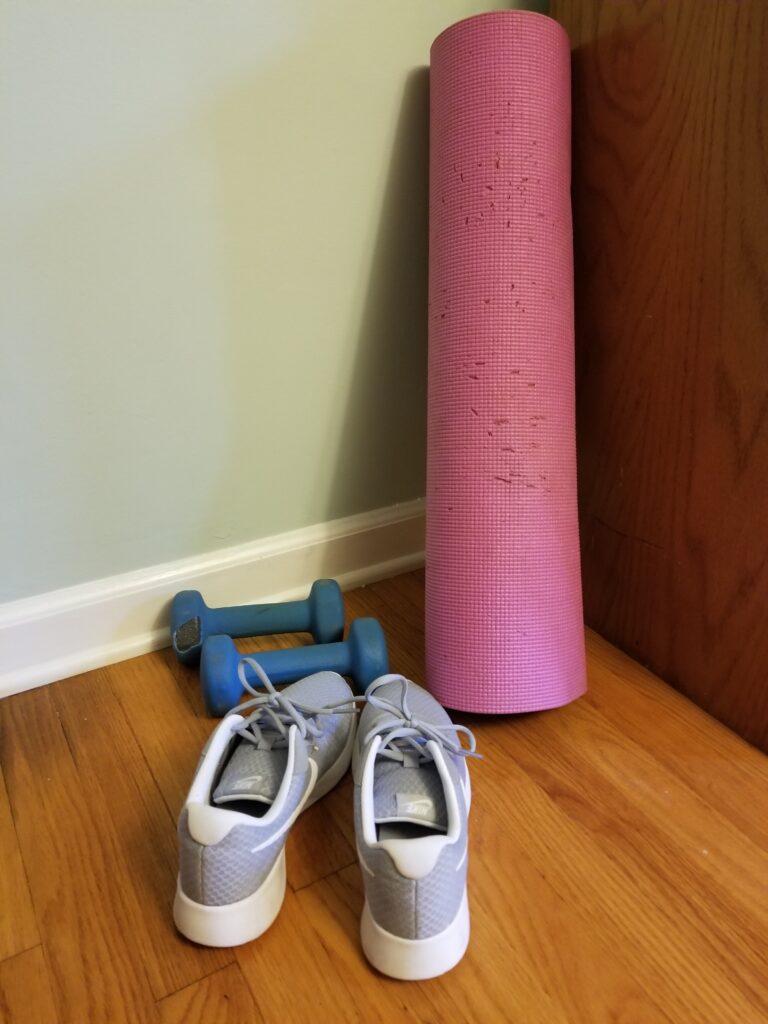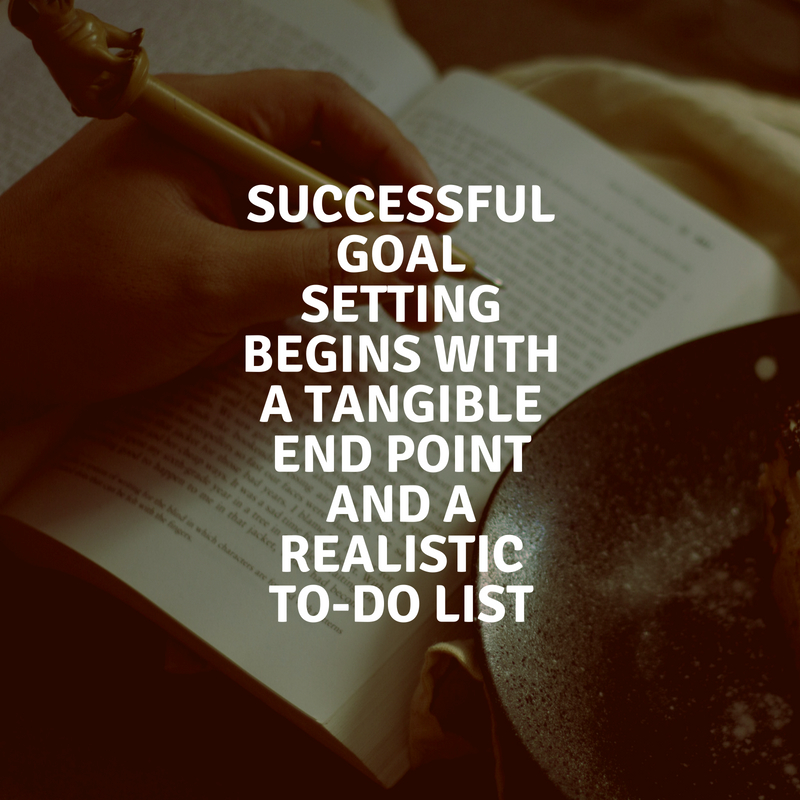Reaching your health and wellness goals is mainly a mental task. Given the right mindset, anyone can lose weight, improve their cholesterol and blood sugar numbers, and master any physical feat. Most people lack the staying power to achieve a long term goal. Here’s now to set reasonable health and wellness goals that you will actually reach.
Imagine standing on the starting line of the Boston Marathon. As you prepare for the race to begin, you hear the chatter of the crowd, and the tense excitement of your colleagues in stride as you stand shoulder to shoulder.
As the race begins, this excitement carries you easily through mile one, two, and even three. But as the runners around you begin to break away, you feel the burning in your calves, the air burning in your lungs. A nagging voice in your head begins to explain every reason to slow down, to stop dead in your tracks. The voice becomes louder and more persistent, until you do just that.
Sound familiar?

Maybe you haven’t ever run a marathon, or even come close, but this inner struggle is the basis of failure in all aspects of your life. It’s not all your fault. The nature of your brain may be holding you back. Learn to understand the neuroscience behind your actions, and find ways to make changes that work WITH these shortcomings.
Although there are many nice things to say about the human brain, it is actually quite lazy. Your brain learns to think more efficiently by automating regular tasks. For example, if you drive the same route to work every day, the task becomes automated, allowing your mind to wander. Ever end up at your destination without really remembering the trip? That’s automation.

Doing something different requires executive function in the brain. This is something you do consciously, and requires more work, something the brain doesn’t really like to do. This becomes problematic when you are trying to choose healthier food options, for example, but your brain defaults to its old tricks. If you always hit the drive thru after a long day, the alternative of making a healthy meal makes the brain a little queasy. This problem is easily magnified when the brain is already tired.
Outsmarting your brain to overcome these obstacles requires a bit of tact. We can thank George T. Doran, a consultant for the Washington Water Power Company for developing the S.M.A.R.T. acronym for realistic goal development. While it was meant to help his team write goals and objectives for his company, it has a resounding place in the health and wellness arena.
Setting S.M.A.R.T. goals increases the chance of actually reaching your goal exponentially. The acronym stands for Specific, Measurable, Attainable, Realistic and Timely. Here’s how this may play out for your health and wellness goals:
Specific: This is a planned event with clear expectations. It could be as simple as committing to drink a gallon of water every day, or even to finish a term paper before its due date. Write down clear expectations with no wiggle room. There is no room for talking yourself out of reaching your full potential!
Measurable: If the goal you have in mind doesn’t seem measurable, tweak it until it is. For example, if your goal is to exercise more, make it more specific (step 1). Perhaps you will have reached your goal when you consistently work out 3 times per week.
Attainable: Ask yourself whether or not your goal is something you want. Is it worth giving time, energy and resources to? If the benefits don’t outweigh the pitfalls of your goal, it will be harder to find success. Maybe that means committing to only 3 workouts per week, instead of every day.
Realistic: Attempting to run a marathon with no training is basically a death sentence. A realistic goal would start with committing to a reasonable training schedule.
Timely: Pick a date, any date. Mark it on the calendar and plan to reach your goal by that date.

Aside from setting SMART goals, here are a few more tips for reaching your goals:
- Tell a friend. Let them know your clear goal and timeline. Saying it out loud automatically makes you more accountable.
- Work backwards from your desired endpoint. Once you have the goal, decide what you should be doing every day to reach that goal in the specified timeline.
- Make it a habit. Focus on making small changes every day that don’t take too much time. If they’re easy to incorporate, you are more likely to stick to the plan.
- Consult a professional. If you aren’t sure where to start with your goals, talk to someone who can guide you. If you have failed in the past, take the perspective of someone new to help shift your mindset and succeed.
Tell me about your health and wellness goals!
Want more of this stuff? Sign up for weekly blog posts delivered straight to your inbox!
Speaking of reasonable goals, why not try the Small Steps for Success Challenge? Check out the first video here!
